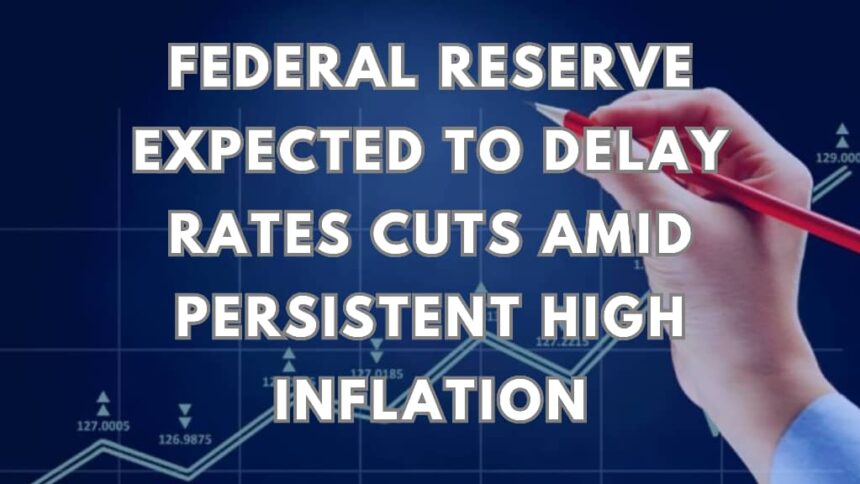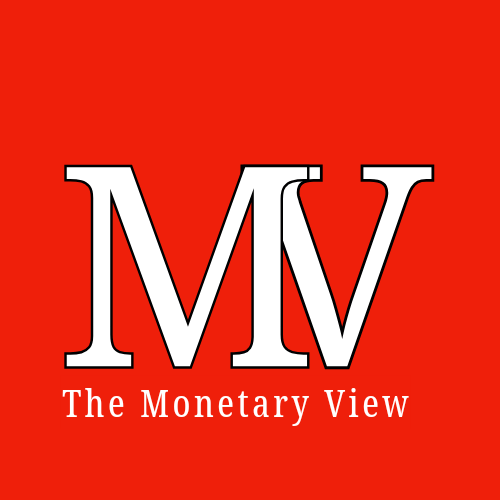As inflation levels continue to remain high, experts suggest that the Federal Reserve (Fed) could postpone its plans to cut rates for an extended period. In what could serve as a sign of the economic times, soaring inflation is exerting pressure on the policy decisions made by the central bank.
In recent months, price rises across the gamut of consumer goods and services have remained stubbornly high. This trend seems to be unrelenting despite expectations that it would prove temporary, subtly shaped by the economic fallout from the COVID-19 pandemic.
Ordinarily, in times of economic downturns or financial crises, the Fed implements rate cuts to stimulate lending, spending, and overall economic activity. However, with the persistently high inflation, such a move could potentially stoke inflation further rather than alleviate economic distress.
Some economists suggest that this high inflation wave might prompt the Fed to maintain its accommodating stance but could also delay any plans to cut rates. The decision to forge ahead with rate cuts, they argue, would chiefly depend on a slowdown of inflation to more manageable levels.
Meanwhile, critics warn of potential dangers. Persistently high inflation could erode purchasing power and lead to an economic slowdown if unchecked. Concerns are heightened considering the current pace of inflation being the fastest experienced in over three decades.
The Federal Reserve has repeatedly communicated its patient approach, stating that they anticipate inflation to ease, assuming supply chains normalize and other pandemic-induced disruptions subside. However, central bankers will likely face mounting pressure to act if inflation continues to overshoot their 2% target.
While consumers, investors, and policymakers look toward a multiplicity of economic indicators for hints of what’s next, the path remains foggy. Much depends on variables ranging from the trajectory of the COVID-19 pandemic to trade policies and global supply chain issues.
In conclusion, the Fed’s upcoming decisions are poised on a knife-edge, balancing the need to sustain economic recovery while ensuring inflation does not spiral out of control. The possibility of waiting longer to cut rates is being seen as a necessity dictated by current inflation trends, making for cautious steps forward in uncharted territory.







